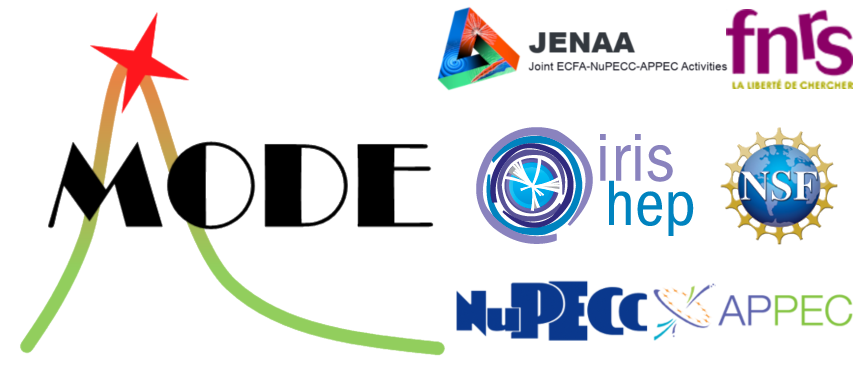Speaker
Description
Background: The aim of our work is to build a Deep Learning algorithm capable of generating the distribution of absorbed dose by a medium interacting with a given particle beam.
Such an algorithm can provide a precise and faster alternative to a Monte Carlo (MC) simulation, which are currently employed in the optimisation process of radio therapy treatment (RT) planning.
A faster dose data generation can be beneficial for every kind of RT treatment planning and especially relevant in contexts, as electron FLASH RT [1] or Volumetric Modulated Arc Therapy (VMAT), that offer much more freedom in the choice of the entry angles of the beam. This possibility entails a significant increase in complexity and computing time. In principle, the dose should be computed for all the possible orientation of the beam accelerator, with continuity.
Material and Methods: To reach our goals, we train a generative Neural Network architecture, a Variational AutoEncoder (VAE) with both Graph encoding and decoding, to reproduce the dose distribution obtained with a Geant4 full MC simulation.
The peculiarity of our Network is in the pooling operations, which are done imposing on the graphs smaller adjacency matrices obtained recursively disconnecting nearest neighbours nodes and connecting 2nd nearest neighbours. Alternating GraphConv layers [2] and pooling operations, we encode the original graphs in smaller dimensional representations.
The decoding uses the same graph representations employed for the encoding, but in reverse order. Nodes from a lower dimensional representation are put in a bigger graph structure in which all other nodes are initialized to zero, then a Graph Convolution is executed. The process repeats until the original graph structure of data is recovered.
Once trained, we use the decoder part of the VAE to generate new dose distributions, sampling the latent space as a function of the energy and beam orientation.
Preliminary results: We have already obtained encouraging results regarding the generation of the dose distribution in a homogeneous material conditioned to the beam energy.
We are currently working on the generalisation to inhomogeneous materials. We will test the Network’s ability to handle such increase in the task’s complexity and, eventually, try different architectures and Graph layers.
[1] E. Schüler et al., Very high-energy electron (VHEE) beams in radiation therapy; Treatment plan comparison between VHEE, VMAT, and PPBS Med. Phys. 44 (6), June 2017
[2] Morris, Christopher, et al. "Weisfeiler and leman go neural: Higher-order graph neural networks."Proceedings of the AAAI conference on artificial intelligence. Vol. 33. No. 01. 2019.




